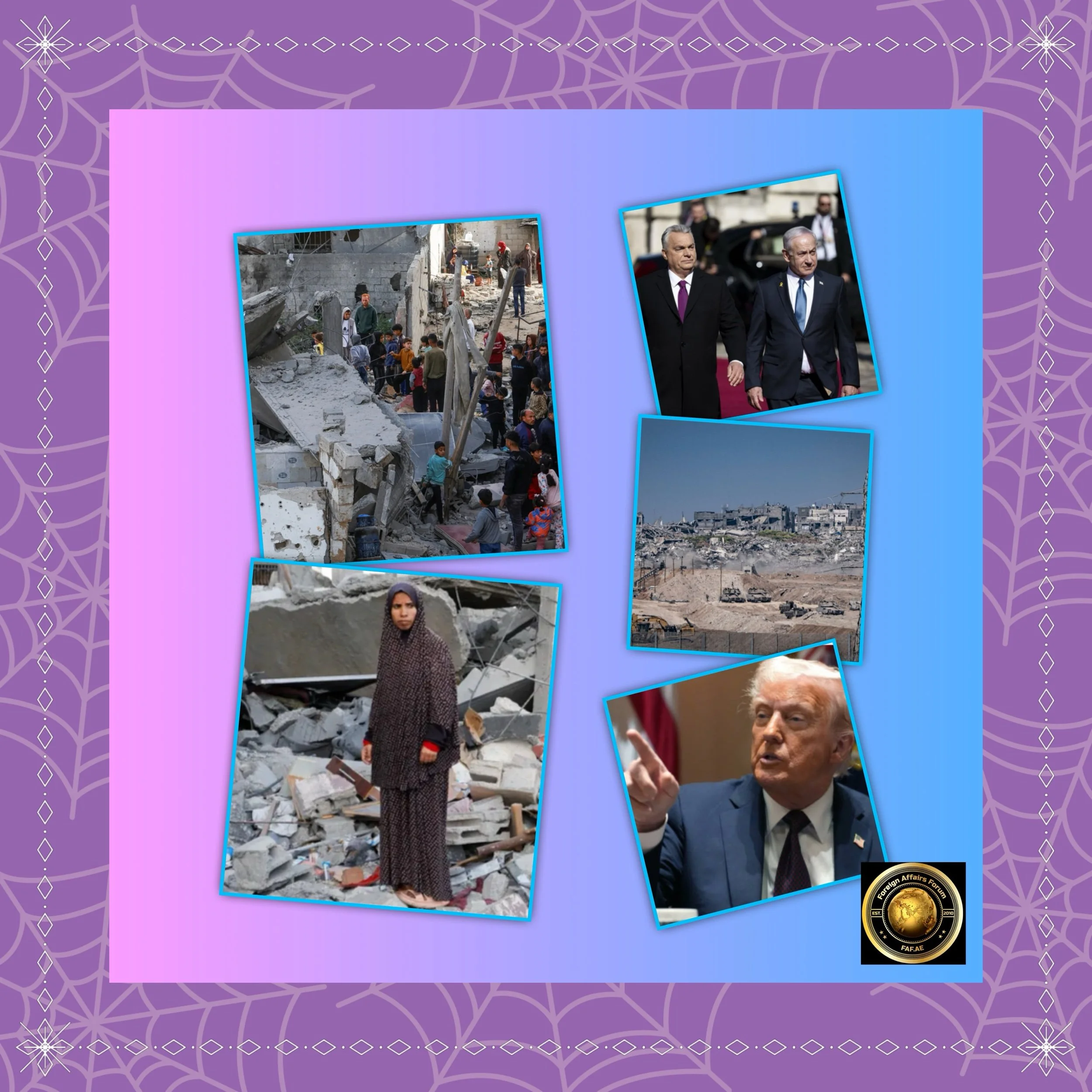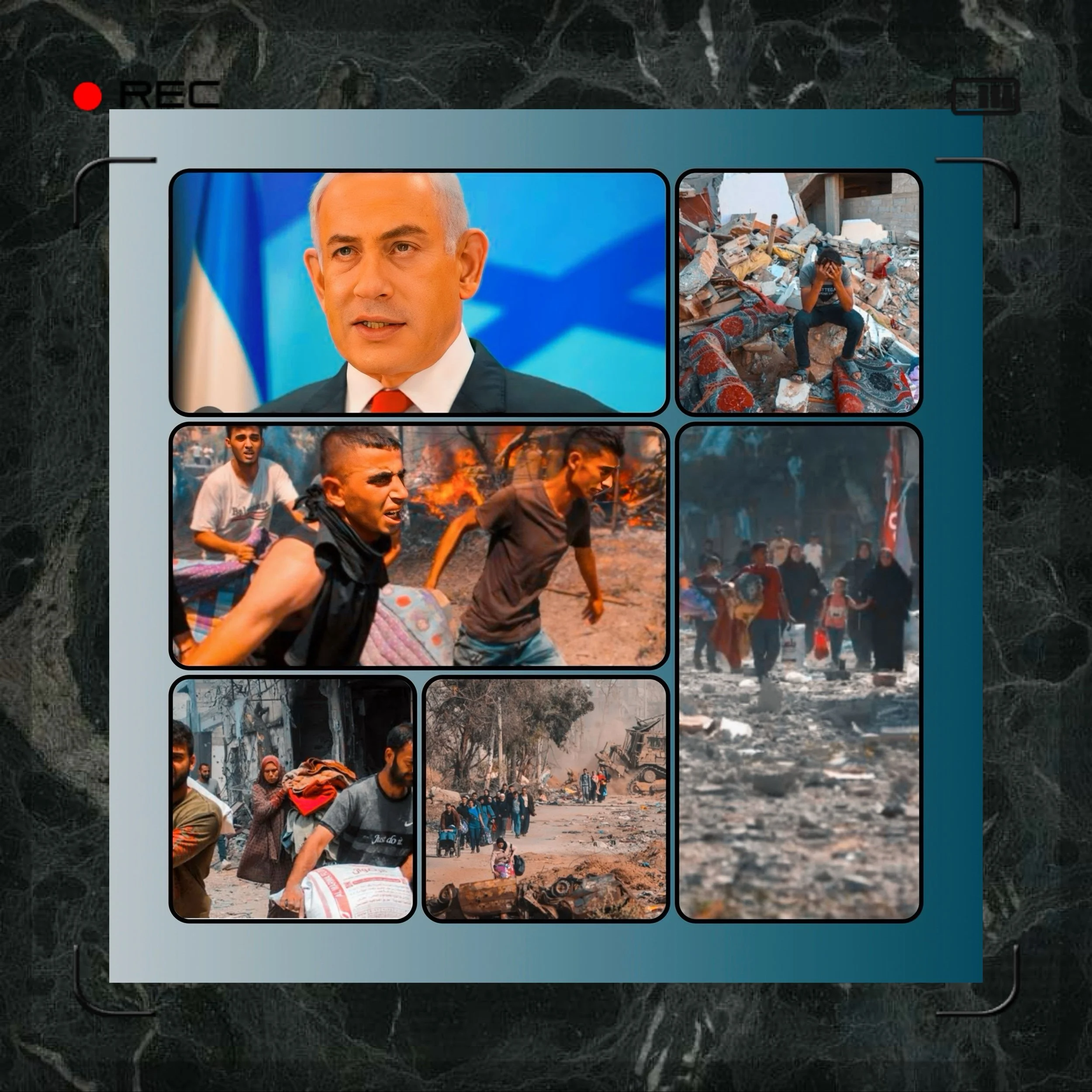The Strategic Annexation of Gaza and Its Humanitarian Catastrophe: April 2025 Update
Introduction
The Gaza Strip has entered a critical phase of territorial disintegration and humanitarian collapse as Israel intensifies its military campaign with declared plans to annex “large areas” of Palestinian land.
Defense Minister Israel Katz confirmed on April 2, 2025, that these seized territories will become permanent Israeli security zones, fundamentally altering Gaza’s geographic and political reality.
This escalation follows the collapse of a 42-day ceasefire on March 18, reigniting a conflict that has now claimed over 50,500 Palestinian lives, displaced more than 200,000 people since mid-March, and triggered accusations of genocide at the International Court of Justice.
The systematic partitioning of Gaza through corridors like Morag—a strategic route bisecting Khan Younis and Rafah—mirrors historical patterns of territorial fragmentation while exacerbating a crisis likened by human rights groups to “slow-motion ethnic cleansing”.
Israel’s Military Strategy: Territorial Control and Buffer Zones
The Morag Corridor as a Geopolitical Tool
Israel’s announcement of the Morag Corridor marks a pivotal shift from temporary occupation to permanent territorial claims.
Prime Minister Benjamin Netanyahu framed this corridor as analogous to the Philadelphi buffer zone along Gaza’s Egyptian border, which Israel has occupied since 2005.
By seizing Morag, Israel aims to isolate Rafah—a city housing over 1.4 million displaced Palestinians—from central Gaza, effectively creating three disconnected enclaves. Military analysts suggest this strategy serves dual purposes:
Security Enforcement
The corridor allows Israel to monitor and restrict movement between Gaza’s southern and northern regions, preventing Hamas from regrouping.
Settlement Revival
References to the dismantled Gush Katif settlements (evacuated in 2005) signal ambitions to reestablish Israeli communities in Gaza, a demand championed by far-right ministers like Bezalel Smotrich.
Col. Grisha Yakubovich, former head of COGAT, confirmed that Israel now controls 17% of Gaza’s territory through buffer zones, with plans to expand further.
Phased Annexation and Evacuation Orders
The IDF’s “buffer zone” strategy, initially applied in northern Gaza, has expanded southward. Since March 18, evacuation orders have displaced 142,000 Palestinians from Rafah and Khan Younis, many fleeing to the overcrowded al-Mawasi coastal strip.
These orders align with Netanyahu’s vision of “demilitarizing” Gaza while maintaining indefinite security control—a policy rejected by the U.S. and EU but tacitly endorsed through military aid. Defense Minister Katz explicitly tied territorial seizures to Hamas’ refusal to release hostages:
“The more Hamas sticks to its refusal, the more territory it will lose—territory annexed to Israel.”
This incremental annexation mirrors tactics used in the West Bank, where settlements gradually erode Palestinian contiguity.
Humanitarian Catastrophe: Starvation, Displacement, and Collapsing Infrastructure
Aid Blockade and Famine Conditions
A month-long Israeli blockade since March 2 has severed Gaza’s lifelines:
Food Insecurity
All UN bakeries have closed due to flour shortages, leaving families like Mohammed al-Kurd’s 12 children to “go to bed without dinner”.
Medical Collapse
Hospitals operate without antibiotics, oxygen, or blood pressure cuffs, with 138 injuries reported daily amid dwindling supplies.
Water and Sanitation
Only 10% of needed clean water reaches Gaza, forcing civilians to drink contaminated supplies.
The UN reports that 60% of Gaza is now a “no-go zone” due to evacuation orders, trapping thousands under rubble without rescue access.
Casualties and War Crimes Allegations
The Gaza Health Ministry reports 1,163 deaths since March 18, including 97 in the past 24 hours from strikes on homes, clinics, and displacement camps. Notable incidents include:
Khan Younis
A single airstrike killed 14, including five children and four women from one family.
Gaza City
21 bodies, seven children among them, were brought to Ahli Hospital after overnight strikes.
Al-Mawasi “Safe Zone”: Israeli attacks targeted displaced families, killing nine in a UNRWA clinic.
The UN Independent Commission accuses Israel of “starvation as a method of warfare” and deliberate targeting of medical personnel—a violation of the Geneva Conventions.
Historical Parallels: From Nakba Narratives to Genocide Accusations
The 1948 Nakba and “Nakba 2023”
Israeli Security Cabinet member Avi Dichter explicitly described northern Gaza’s evacuation as “Nakba 2023”, invoking the 1948 expulsion of 700,000 Palestinians.
This rhetoric aligns with policies displacing 85% of Gaza’s population, many multiple times, into ever-shrinking “safe zones”.
Genocide Allegations and ICJ Proceedings
The International Court of Justice (ICJ) is investigating whether Israel’s actions breach the Genocide Convention, citing:
Mass Casualties
Over 50,500 killed, 70% women and children.
Infrastructure Destruction
70% of homes damaged or destroyed, alongside cultural landmarks and cemeteries.
Forced Relocation
2.3 million displaced, with Israel blocking return to northern Gaza.
Legal scholars like Raz Segal argue Gaza meets the criteria for genocide, emphasizing “intent to destroy a group in whole or in part”.
Geopolitical Stalemate: Ceasefire Collapse and Trump’s “Gaza Riviera”
Failed Negotiations and Hostage Standoffs
Hamas insists on a permanent ceasefire and Israeli withdrawal for releasing remaining hostages, while Netanyahu demands Hamas’ disarmament and control over Gaza’s security.
The deadlock persists despite Hamas’ unprecedented offer to release all 24 living hostages at once, a proposal Israel rejects without guarantees against Hamas’ political survival.
The Trump Factor and Mass Emigration Plans
Netanyahu’s endorsement of Trump’s proposal for “voluntary emigration” of Gazans—a plan critics liken to ethnic cleansing—signals alignment with far-right agendas.
The “Gaza Riviera” vision, which envisions luxury resorts replacing Palestinian homes, underscores the strategic erasure of Gaza’s indigenous population.
Conclusion: A Crossroads for International Law
Israel’s annexation of Gaza through military corridors and buffer zones represents a deliberate reconfiguration of borders, compounding a humanitarian disaster unprecedented in modern warfare.
The systematic displacement, blockade, and mass casualties evoke historical atrocities, yet unique in their digital-age documentation and global scrutiny.
As the ICJ deliberates, the world faces a test: whether geopolitical alliances will override legal obligations to prevent genocide.
For Gaza’s 2.3 million people, the immediate reality remains one of starvation, bombardment, and vanishing hope—a crisis demanding urgent intervention beyond rhetorical condemnations.






